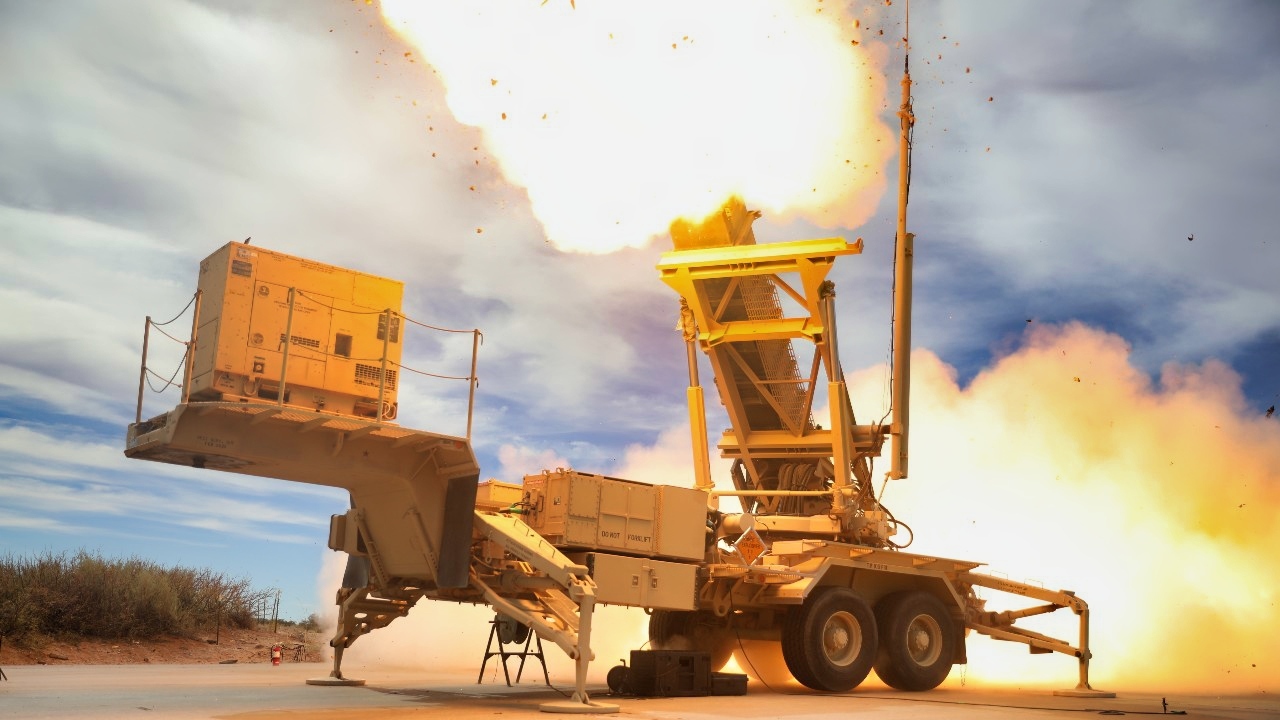We Have Questions: India Now Has Hypersonic Missiles
India has successfully tested a long-range hypersonic missile developed by the Defence Research and Development Organisation (DRDO) and Indian industry, according to an announcement by India’s Ministry of Defence.
What You Need to Know: India has successfully tested a long-range hypersonic missile developed by the Defence Research and Development Organisation (DRDO) and Indian industry, according to an announcement by India’s Ministry of Defence.
-The missile reportedly has a range exceeding 1,500 km (930 miles), positioning India alongside the U.S., Russia, and China in pursuing hypersonic weaponry. While the exact nature of the test remains unclear, experts caution that "hypersonic missile" encompasses a range of systems, many of which already reach such speeds.
-The development highlights India's efforts to domestically produce advanced weaponry amid growing global focus on hypersonic technologies.
India Claims to Have Successfully Tested Hypersonic Missile
Just weeks after Pakistan carried out a test flight of an indigenously developed Ship-Launched Ballistic Missile, India announced it had test-fired a long-range hypersonic missile. The missile was developed by the country's state-run Defence Research and Development Organisation with help from Indian industry.
It was designed to carry a variety of payloads to ranges exceeding 1,500 km (930 miles).
"The @DRDO_India has successfully conducted a flight trial of its long range hypersonic missile on 16th Nov 2024," India's Ministry of Defence announced via X, the social media platform formerly known as Twitter.
With this test launch, India joins the league of countries that seek to employ hypersonic weapons – along with China, Russia, and the United States. But the question remains what the test actually showed, as there are very different opinions on the capabilities of hypersonic weapons.
"It may well be that this particular missile partakes in several characteristics of so-called ‘hypersonic flight,'" Tom Karko, a missile expert with the Center for Strategic and International Studies (CSIS) told Breaking Defense. "But it's important to emphasize that there is no such thing as 'a' hypersonic missile, there is a spectrum of delivery systems that contend with the challenging and violent aerodynamic and thermal environment."
Thus what New Delhi claims should be carefully scrutinized, while the bigger takeaway is that India is developing such ordnance domestically. As the Breaking Defense report noted, most ballistic missiles can already reach hypersonic speeds of Mach 5 or higher. However, the current weapons have reentry vehicles that can also maneuver at very high speeds – which also makes them that much harder to intercept.
"Whether it is a game-changer or not is debatable, but it is clearly part of a larger trend towards high speed maneuvering missiles of various types," added Karko.
Beyond the warhead that a hypersonic missile may be armed with, its speed and force are so significant that it can inflict damage by its sheer 'kinetic' impact without even needing explosives.
The United States military currently has at least five hypersonic weapons programs in the works, but the Pentagon has also been focused on countering such weapons. In 2022, the U.S. Missile Defense Agency (MDA) awarded contracts of approximately $20 million each to Raytheon Co., Lockheed Martin Corp., and Northrop Grumman Corp. to develop prototypes of a hypersonic missile intended to intercept and destroy an adversary's hypersonic projectile in the unpowered glide phase of its trajectory.

In addition, the armed forces of Ukraine claimed last year that it destroyed six Kinzhal hypersonic missiles, which are reported to be capable of reaching speeds of more than 11,000 km/h (7,000 mph). Moscow had previously boasted that the Kinzhal could not be countered by any current air defense systems in operation – yet those missiles were believed to have been shot down by the U.S.-made MIM-104 Patriot air defense system.
Hypersonic missiles should be seen as a serious threat, but there has been a lot of hype about their hypersonic capabilities.
Author Experience and Expertise: Peter Suciu
Peter Suciu is a Michigan-based writer. He has contributed to more than four dozen magazines, newspapers, and websites with over 3,200 published pieces over a twenty-year career in journalism. He regularly writes about military hardware, firearms history, cybersecurity, politics, and international affairs. Peter is also a Contributing Writer for Forbes and Clearance Jobs. You can follow him on Twitter: @PeterSuciu. You can email the author: [email protected].
Image Credit: Creative Commons and/or Shutterstock. Main image is of Mako hypersonic missile.
From the Vault


